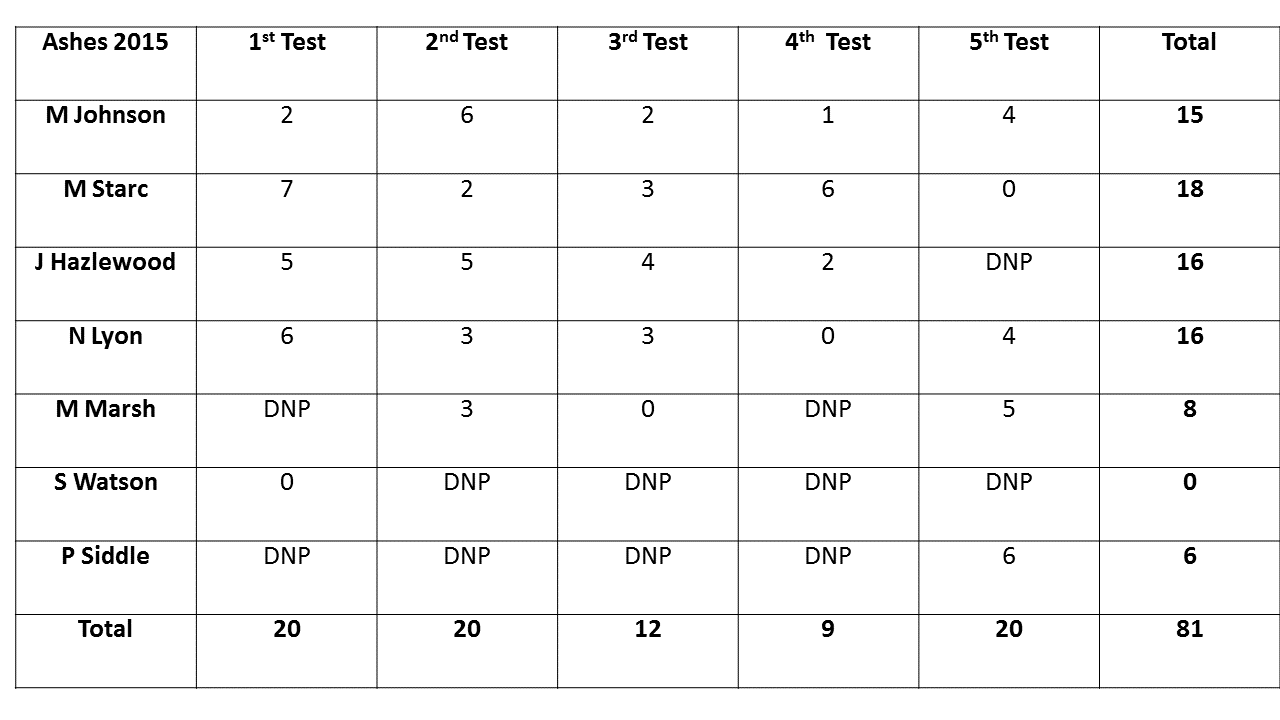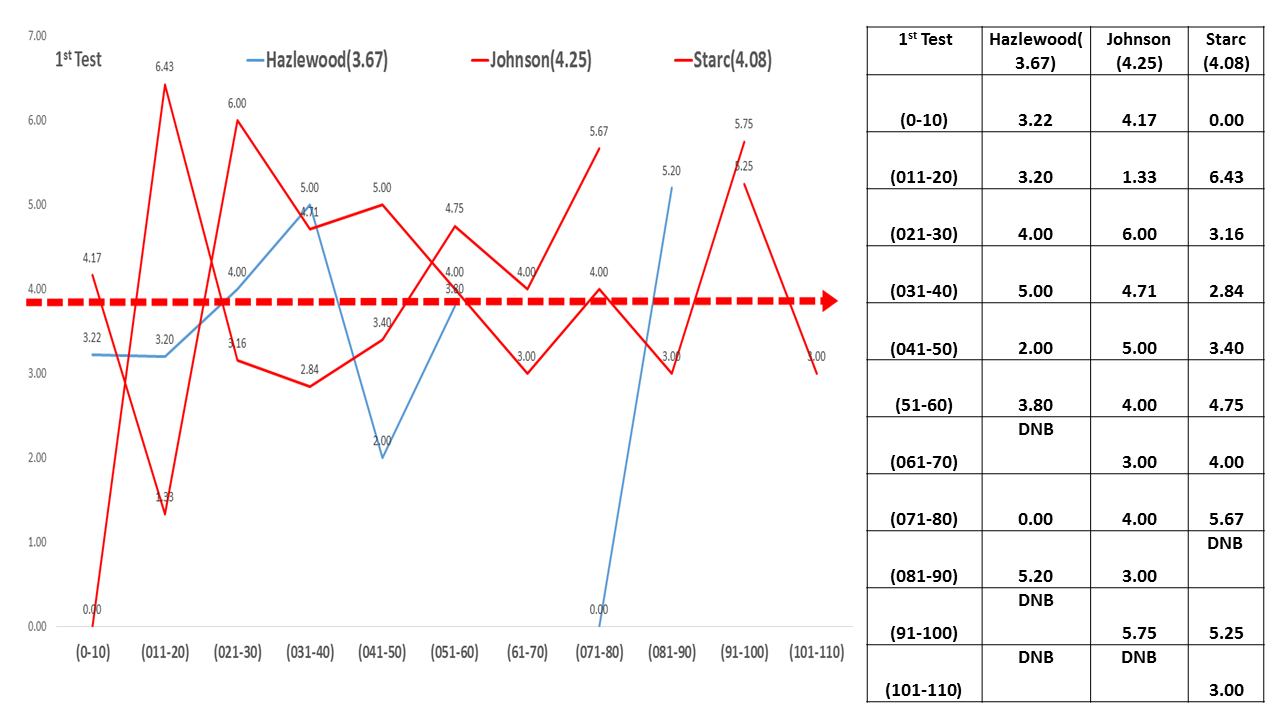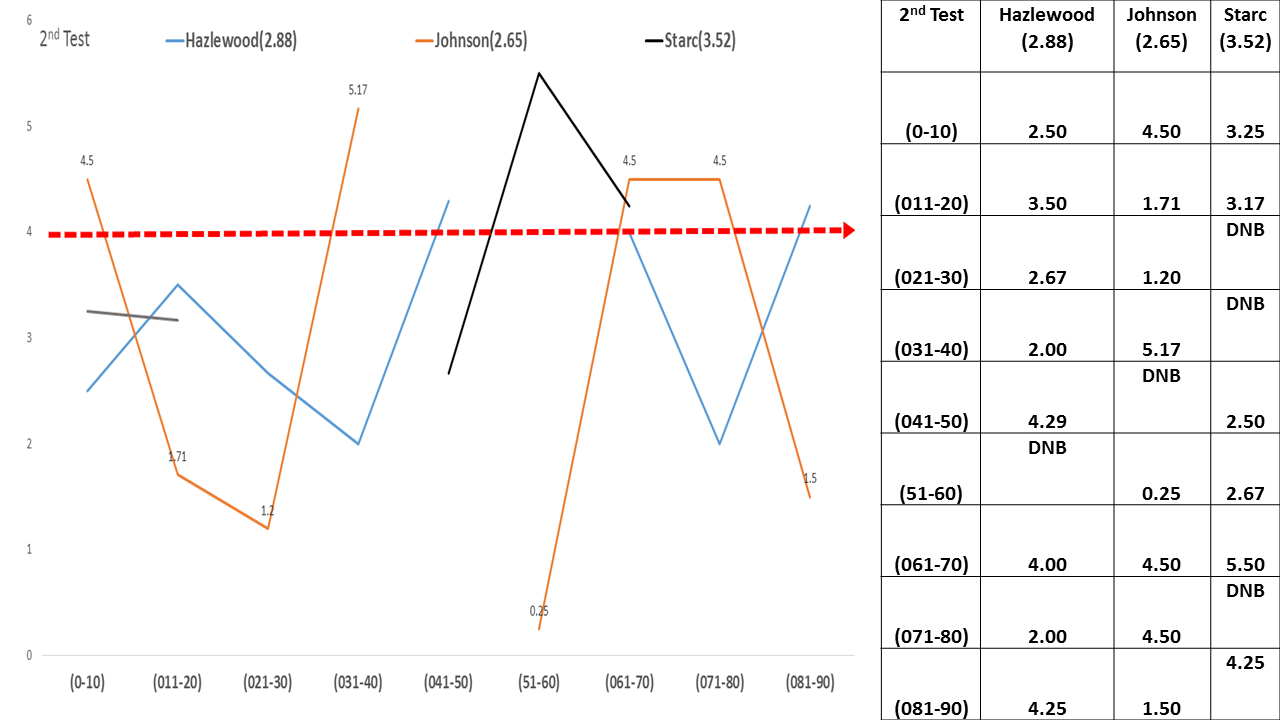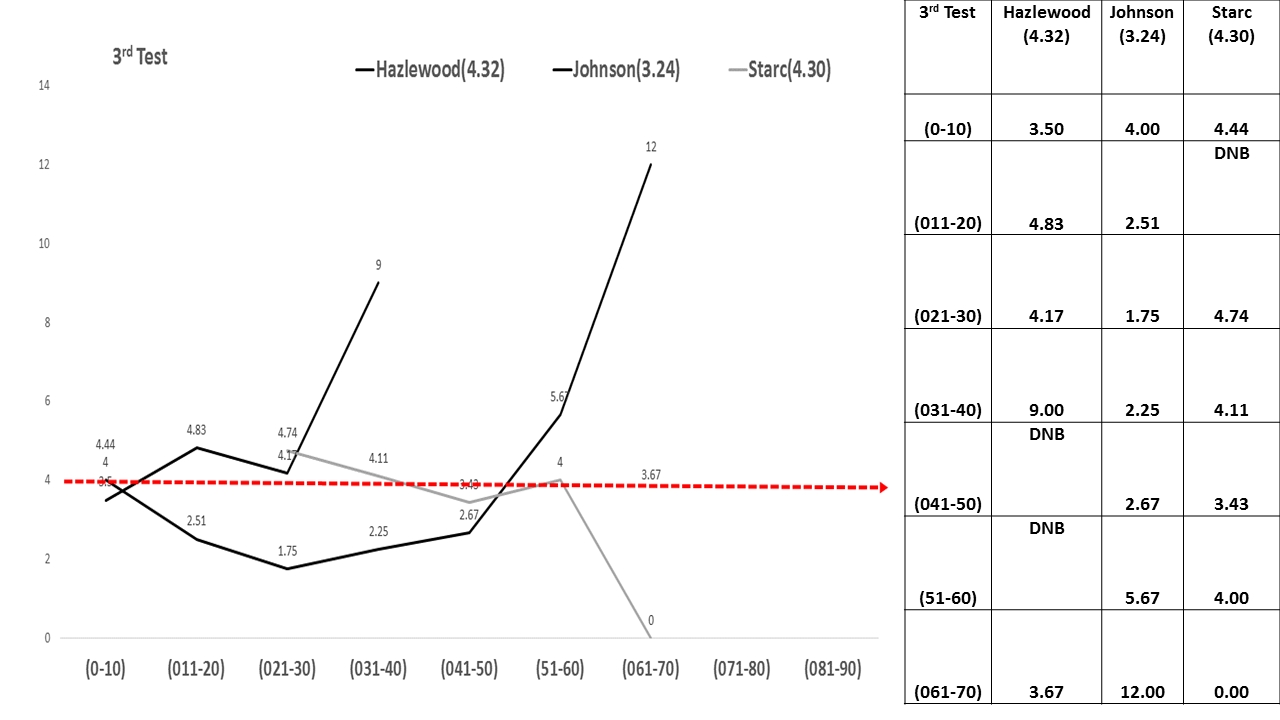How to pick a horse for a chariot/wagon?.
These horses are special breed. They are strongly build, having great endurance, guile to navigate, not necessary fast and tall, but can run continuously for hours. They also can be ridden on their backs, and can be combined with other horses to run a wagon or a chariot. They lead the pack as they have the ability to communicate with other horses while navigating and know how to control chariot’s speed.
A wagon or a chariot is ridden with two or more horses. The chariot(see below) may have three or four in one row. The best horse would be at the sides.
The wagon (see picture below) is drawn by four horses(set of two). Here the best horse would be in front.
Selection: Australian selectors blinded by their bowler’s performance on flat surface in West Indies?.
It’s never easy to pick the right bowling combination, especially when you have more than two strike bowlers in the squad. Australia carried more than two strike bowlers for their tour to UK, where the condition was conducive to seam/swing bowling. They had packed their squad with appropriate fast bowlers who had the potential to excel in English condition. The core of this bowling performed exceptional well in West Indies, a short series played before the Ashes…which they won comfortably!.
Than why did their bowlers perform below par?. Was Ryan Harris retirement a jolt for the selectors?….Yes, and No –
Although Harris would have been the first choice in the Ashes XI, but it would be very difficult to leave out one of these(Starc, Johnson and Hazlewood) after their performance in WI.
Nevertheless Harris announced his retirement before the first Test which made the bowling selection easy.
The selectors were more worried about the opening(bat)combination. Sean Marsh had a quite series in West Indies, Rogers was short of match practice and Warner needed consistency.
On paper the bowling line-up looked fantastic – akin to their one-day line-up that won them the World Cup(minus Lyon they had the same bowling attack)earlier this year.
Than what went wrong for Australia’s bowlers?. Adaptability!
When bowlers are selected, the strike bowler/leader of the bowling attack decides which ball to be picked for that innings(first and second new ball) and he is in charge of the bowler’s progress(in terms of strike rate and economy). He along with the captain make small plans based on what is happening on field..including advice to keep the pace down and concentrate on accuracy, or go full-throttle, all depending on condition and match situation. However this was lacking in Australia’s bowling attack.
Johnson is the most experienced bowler in their squad, like the horse I mentioned above, he has all the quality albeit leadership. He seems to be drifting away when he is not amongst wickets, and it does aspire other bowlers, especially when you have a young bowling attack. One feels he when Clarke announced his retirement, and Smith was appointed, one thought Johnson should have been his deputy, at least for Test matches!. Not suggesting Warner lacks leadership quality, but like him Johnson is an X-factor and a match-winner, and they seem to relish responsibility. Johnson’s personality is unlike other Australian fast bowlers from past. His demeanor is calm and takes his game very seriously. He has control over his aggression as he knows when to go all out and when to be calm and work. He is an hard working honest bowler(not suggesting others are not)
However the most shocking factor for their bowling was their economy rate, which they eventually manage to control in the last test, but they have been constantly leaking runs through out the series. Whenever Australia had an upper hand, England always manage to wiggle themselves out of trouble. It must have been a shock for visitors as they were constantly attacked in condition that suited bowling!.
They did all the changes in batting line-up(middle order) shuffling batsmen and keepers, but selector’s reluctance to change the bowling attack was somehow justified by the tally of wickets taken by their strike bowler in every Test. If you look at the table below(wickets tally in each Test), and one might wonder which bowler should be dropped for poor performance… especially after the first Test loss, or even after the 3rd Test. You might consider some justification in selectors theory of not dropping any of them till the last Test!.
However this table does not give you the actual picture of bowler’s performance. It only shows the outcome of their performance. 
The selection process might have been blinded by the tally of wickets taken by strike bowlers at end of each test match.
History suggests that strike bowlers would adapt their skill on any condition given to them, at home or away. The key to doing this is not be one dimensional, but adapt by varying, constraining speed, swing and be consistent in doing that. A strike bowler should be intelligent enough to understand his team’s game plan, and accordingly adapt his skills. The defining factor of their bowling is how accurately(yet wicket taking) they bowl, and how consistent they are during the whole the game.
Stuart Broad’s bowling symbolizing adaptation skills of a fast bowler, which albeit Siddle none of the Australian bowlers were able to achieve in this Ashes. Through out the series Broad was able to control his pace below his normal speed. His average speed in this series was 81.66 only!!.
Here is brief phase-wise analysis of Australia’s fast bowlers and a comparison to their performance in West Indies(last table)
Table 1- Series analysis of fast bowlers : Hazlewood and Starc conceded more runs in first 20 overs of an innings, and they no or less impact with second new ball. Johnson became more effective after 20th over unable to keep his run-rate down.
Bowler’s Run rate in each phase of every Test match
Here i have taken run-rate of 4 as a bench mark for Australian top 3 bowlers – The red arrow is the bench mark which goes across each phase of a Test(stats includes both inns of a Test). On the right side run-rate in each phase of these bowlers is displayed.
1st Test
It seems Aussies bowled well with the first new ball(Johnson opening with Starc) but lost the initiative. All three were disappointing.
2nd Test
At Lord’s the Starc opened with Hazlewood and they picked 3 wickets in first phase, and then Johnson contributed post 10th over and he continued to bowl well through out the game as his contribution of less than 3 was 59.67% in this game.
3rd Test
The sign of series getting away was in this game as England after dismissing Australia for 136- attacked their bowling. The intent was there for them to make a mark, and Aussie bowlers could not bowl economically.
4th Test
Its very difficult for bowlers to defend anything less than 200, let alone 61!. Hazlewood after bowling so well at the start lost his consistency and place.
5th Test
I thought in this Test Peter Siddle deserved to be awarded jointly with Steve Smith as both were the X-factor for Australia!. He bowled exceptionally well. Moving the ball both ways in all phases strongly indicated Australia blunder in not picking him. His bowling was very similar to what Glenn McGrath would bowl.
Interestingly on flat low bounce surface Australians bowled brilliantly. Their eco rate was the X-Factor for them to win the series. Below is the stats table featuring top 3 bowlers(Hazlewood, Starc and Johnson) bowling figures in each phase during their tour of West Indies (June 2015).
(not included Lyon and others in this analysis)
A comparison to how England bowled in the Ashes











